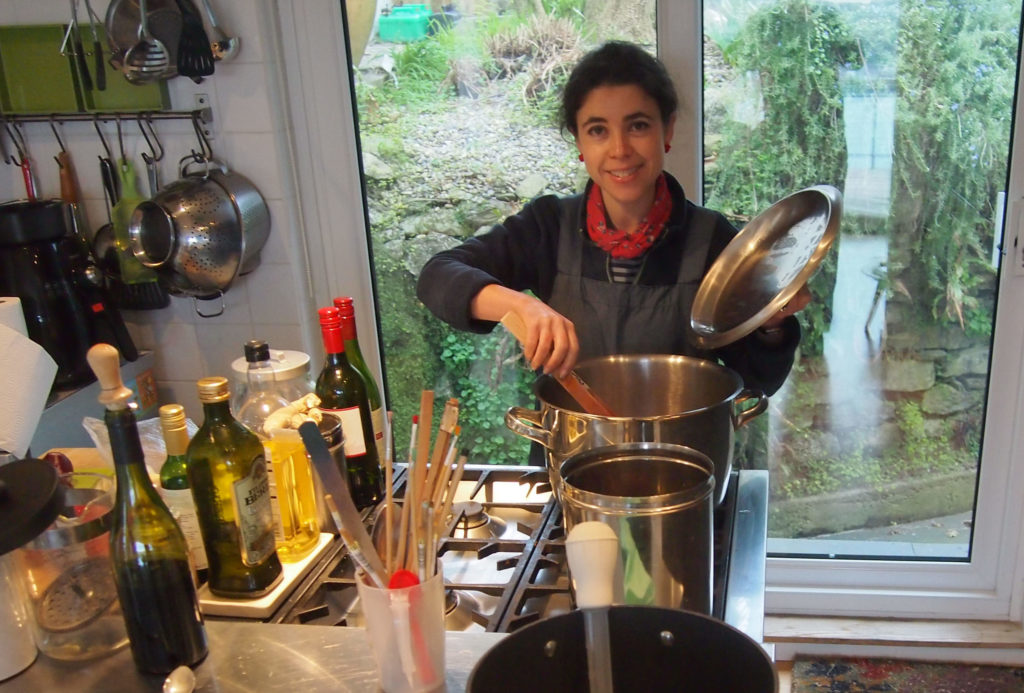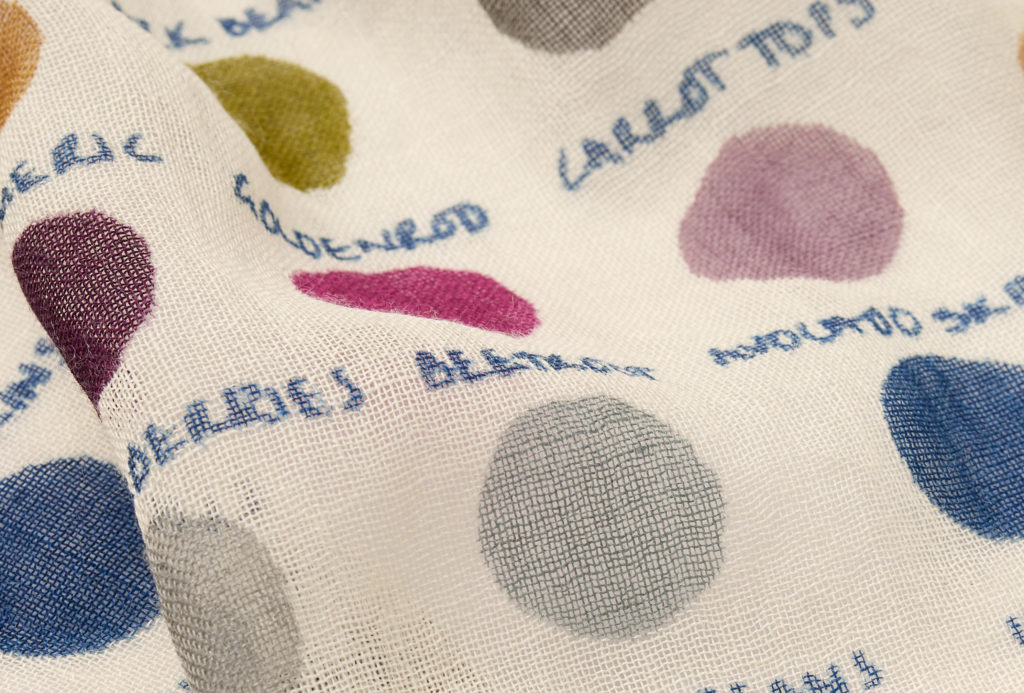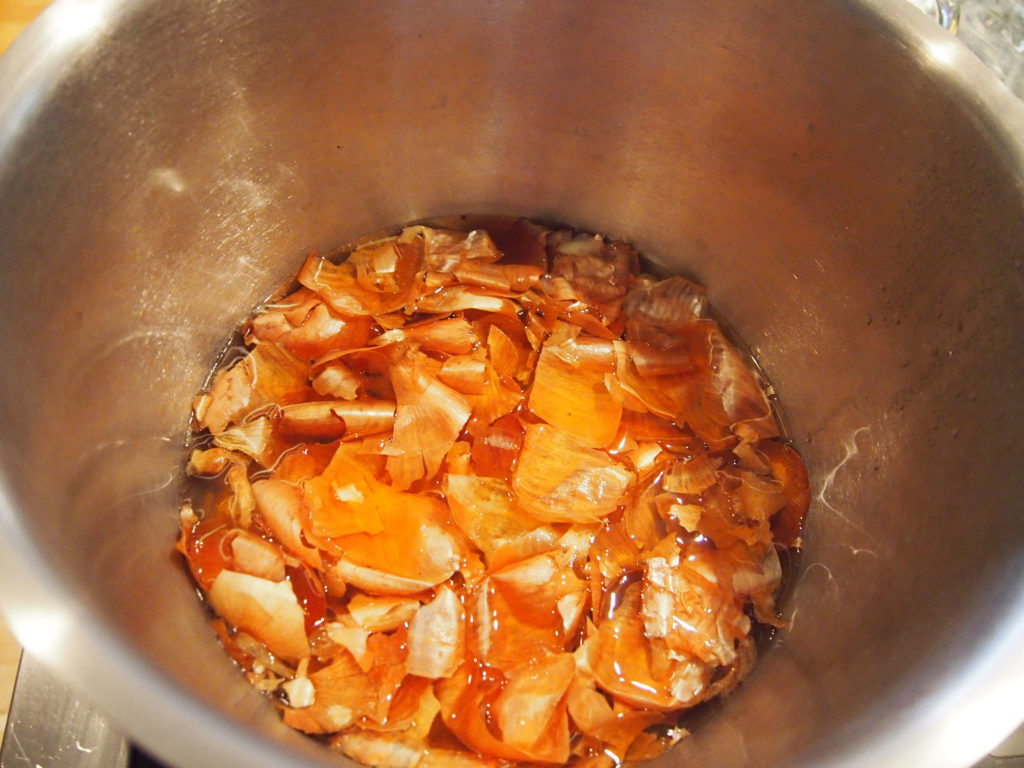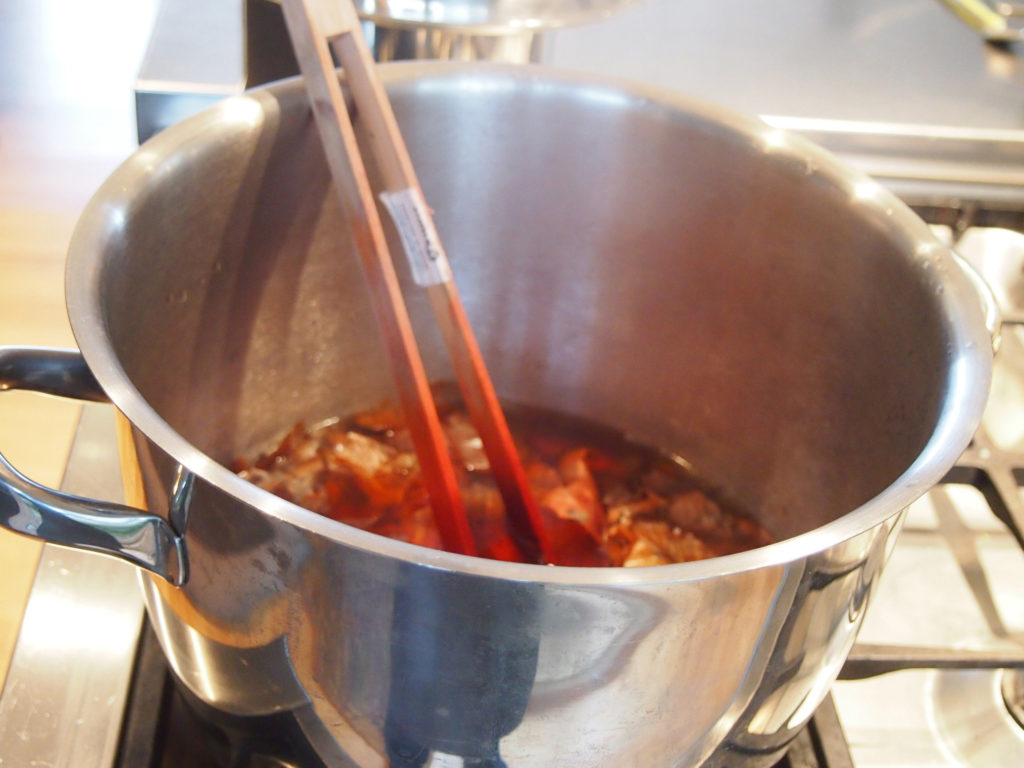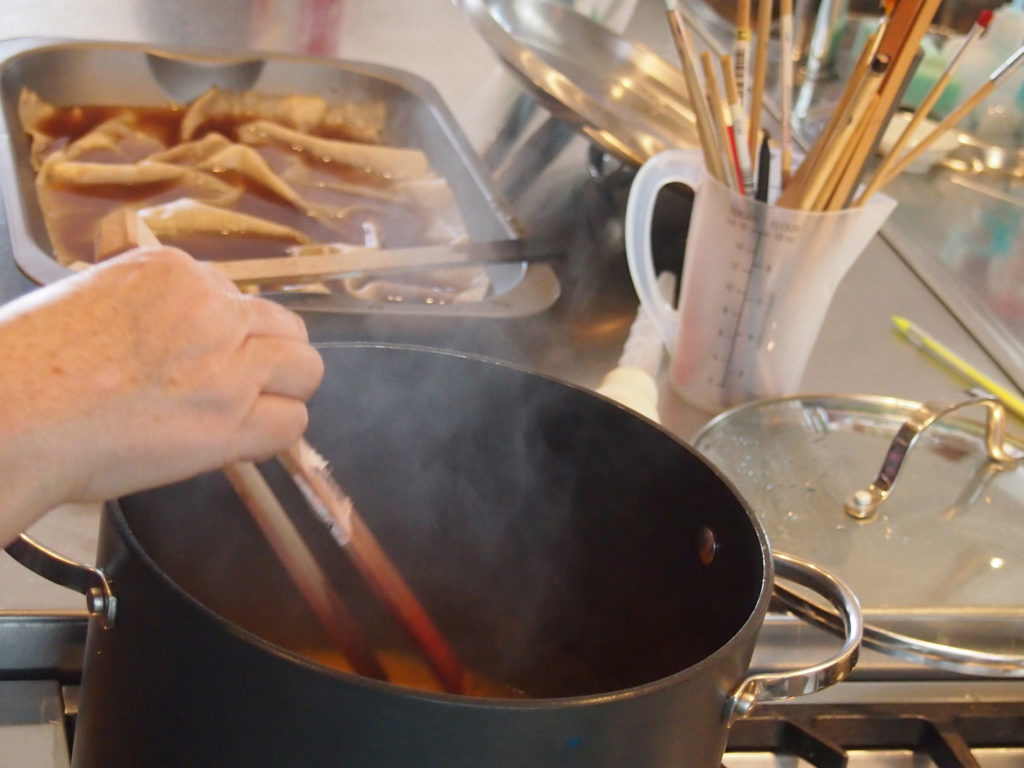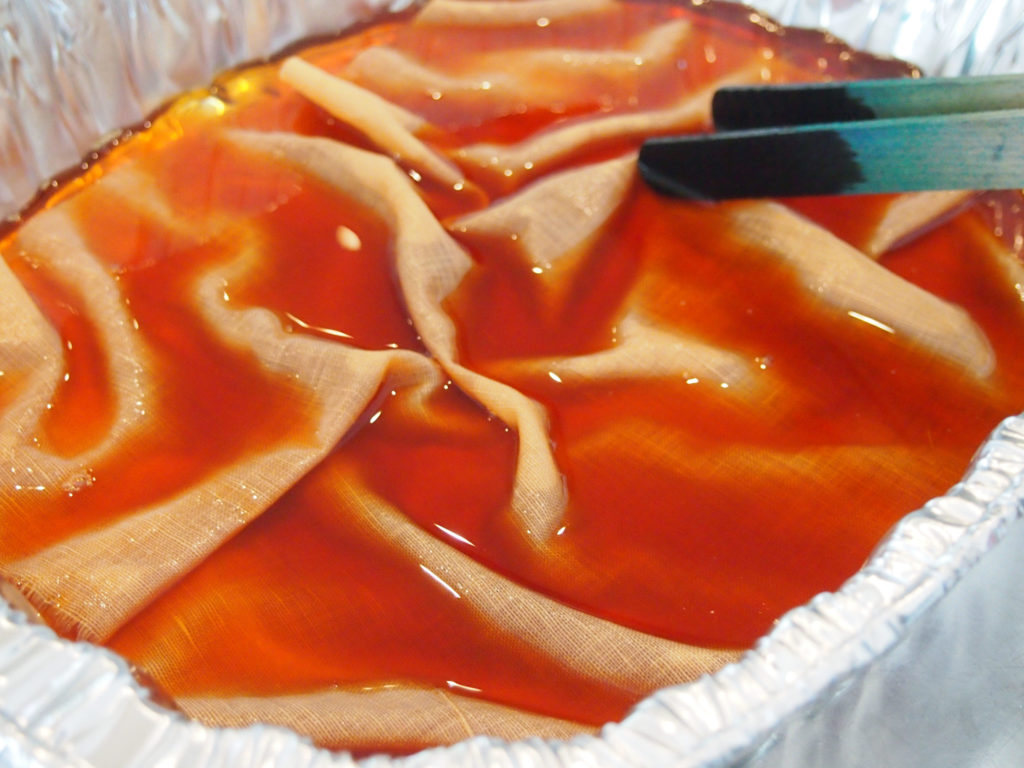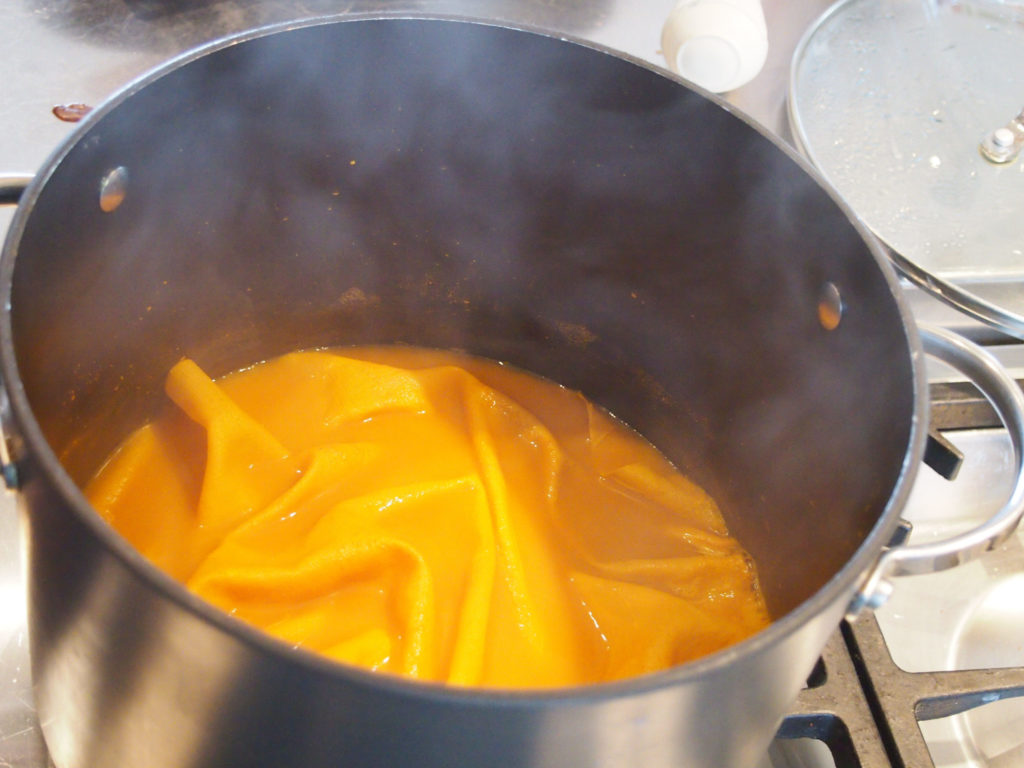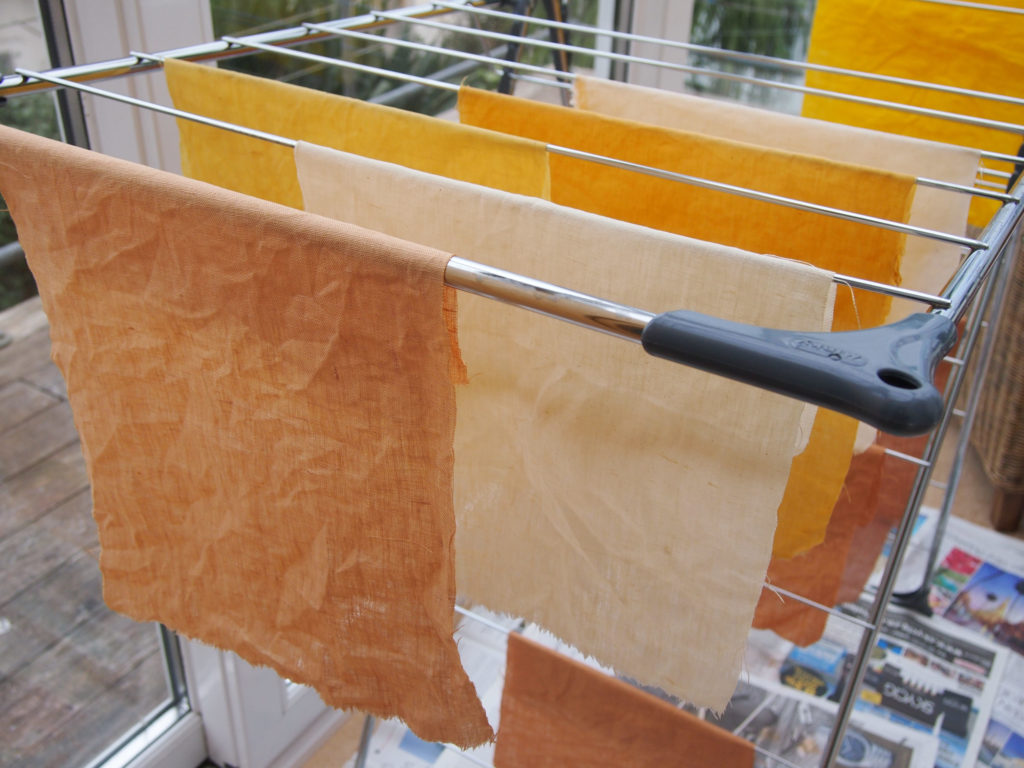How to make natural dyes
Foraging can be a great way to gather edible treats, but did you know that plants and berries can also be used as natural dyes for fabric?
Seasalt co-founder and print designer Sophie Chadwick experimented with natural dyes to create a palette of beautiful swatches which inspired her beautiful new print, featured on our Larissa Shirt and a Pretty Printed Scarf. She used flowers and vegetables, including turmeric, golden rod, avocado skins and beetroot, working the names of the dyes’ origins into the print itself.
- Sophie Chadwick
- natural dye test unique Seasalt print
Making your own natural dyes can be easily done at home, with all the ingredients readily available from the local landscape or even your own garden. Sophie shared her top tips for natural dyeing with us:
Collecting your natural dye ingredients
- Make sure you pick your flowers, plants and berries when they are at their freshest or ripest to get the best colour.
- Some of my favourite natural colours can be made with:
- beetroot, elderberries, avocado skins (pinky reds and purples)
- turmeric, brown onion skins, fennel (yellow tones)
- lichen, black beans (blues)
- carrot tops, golden rod, artichoke (greens)
Preparing your dye bath
- Wear gloves – some of the best dye ingredients will also stain your skin and some plants can be irritants.
- Chop the ingredients into small pieces and place in an old steel pan. It’s also best to make sure you keep this pan separate and don’t use it for cooking afterwards, and a wooden spoon you don’t mind dyeing as well!
- Add twice the amount of water as your dye ingredients, bring to the boil, then simmer for at least an hour, stirring occassionally, to get a really strong colour.
- Strain out the bits and return the coloured liquid to the pan.
Preparing your fabric
- Any natural fabric can be dyed, but it works best to start with a plain white or pale base as overdyeing an existing colour will change the final colour achieved. You can dye over a patterned fabric, but the pattern will still show through.
- To ensure the colour sets in the fabric, it’s important to soak it in a fixative first. You’ll need to boil the fabric you want to dye in the appropriate mixture, and rinse it out in cold water afterwards. Don’t worry about drying it though as the fabric needs to be wet for the next stage.
- For a berry based dye, mix one part salt to sixteen parts water to make a fixative. For vegetable based dyes, mix one part vinegar to four parts water.
Dyeing your fabric
- Place the wet fabric into the dye pan and simmer until you achieve the colour you want.
- Don’t forget the colour achieved will be much lighter when the fabric is dry. You can soaking your fabric in the dye overnight to give a deeper colour. If the fabric looks almost black when it’s wet it’s a good sign you’ve got a strong colour!
- When it’s ready, wash your fabric separately in cold water and dry naturally.
- It’s best to always wash your naturally dyed fabrics separately in cold water to preserve the colour, and dry them out of direct sunlight to avoid fading.
We’d love to see your naturally dyed creations – don’t forget to share what you make #SeasaltArtsClub


